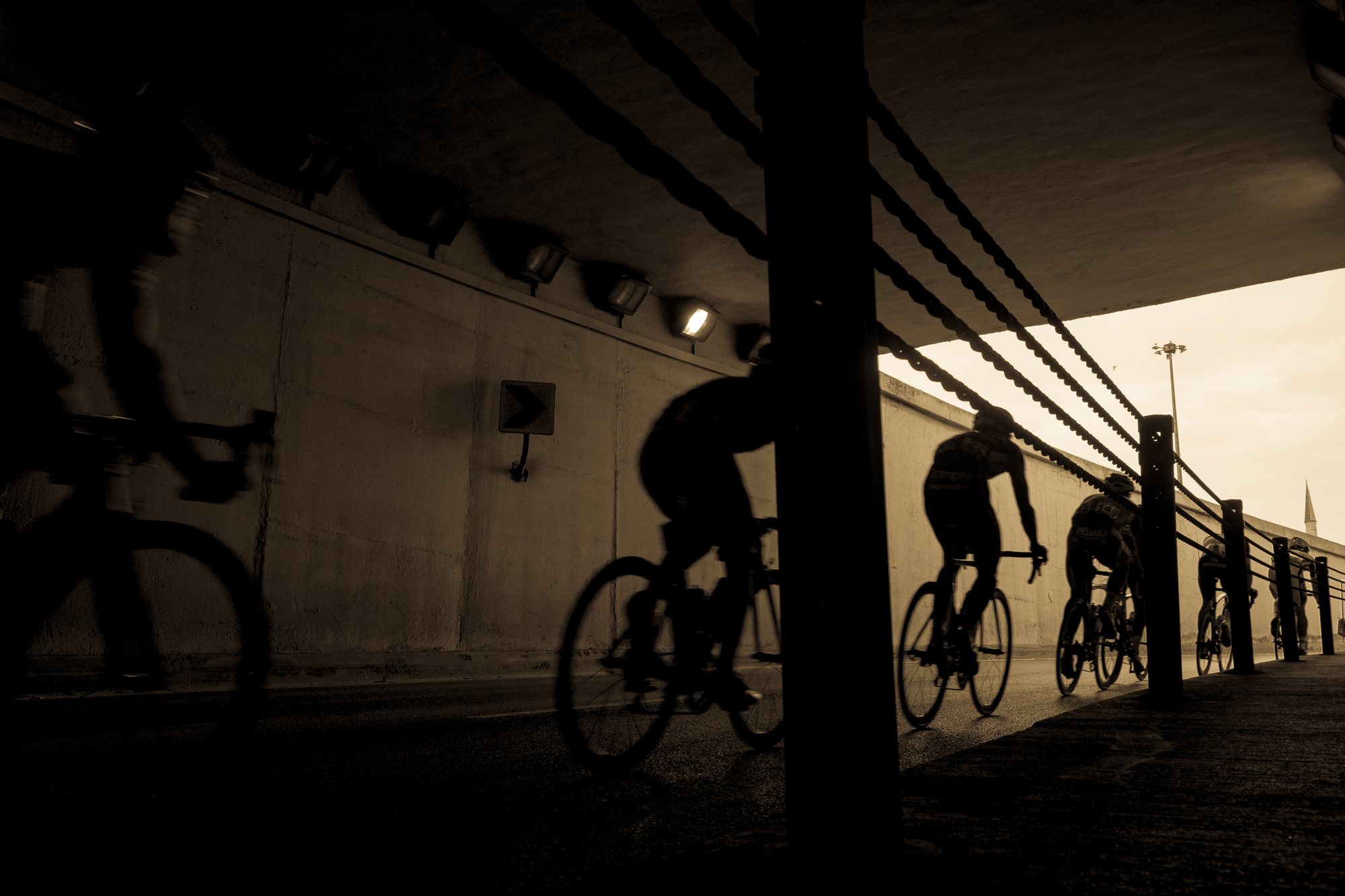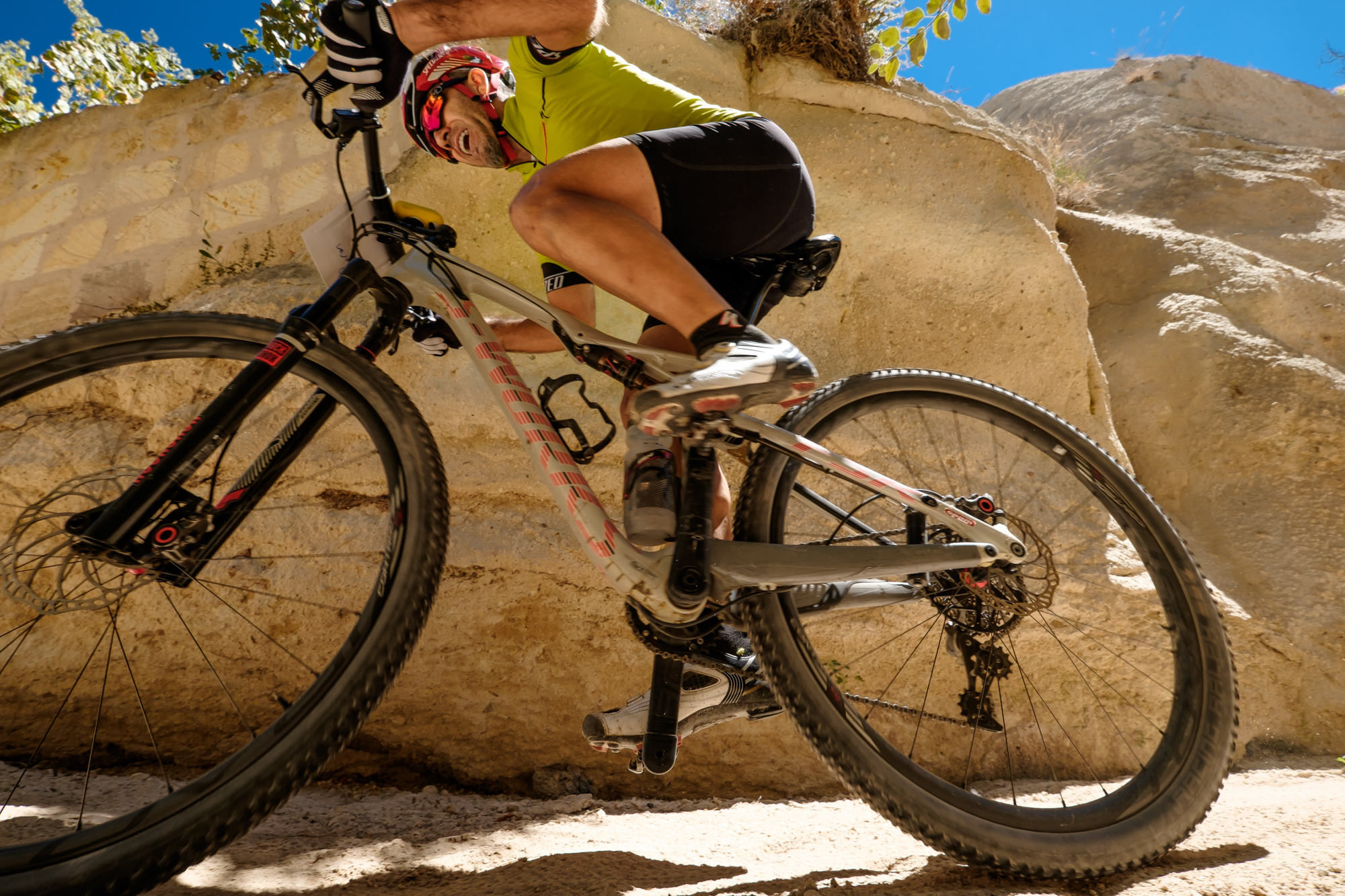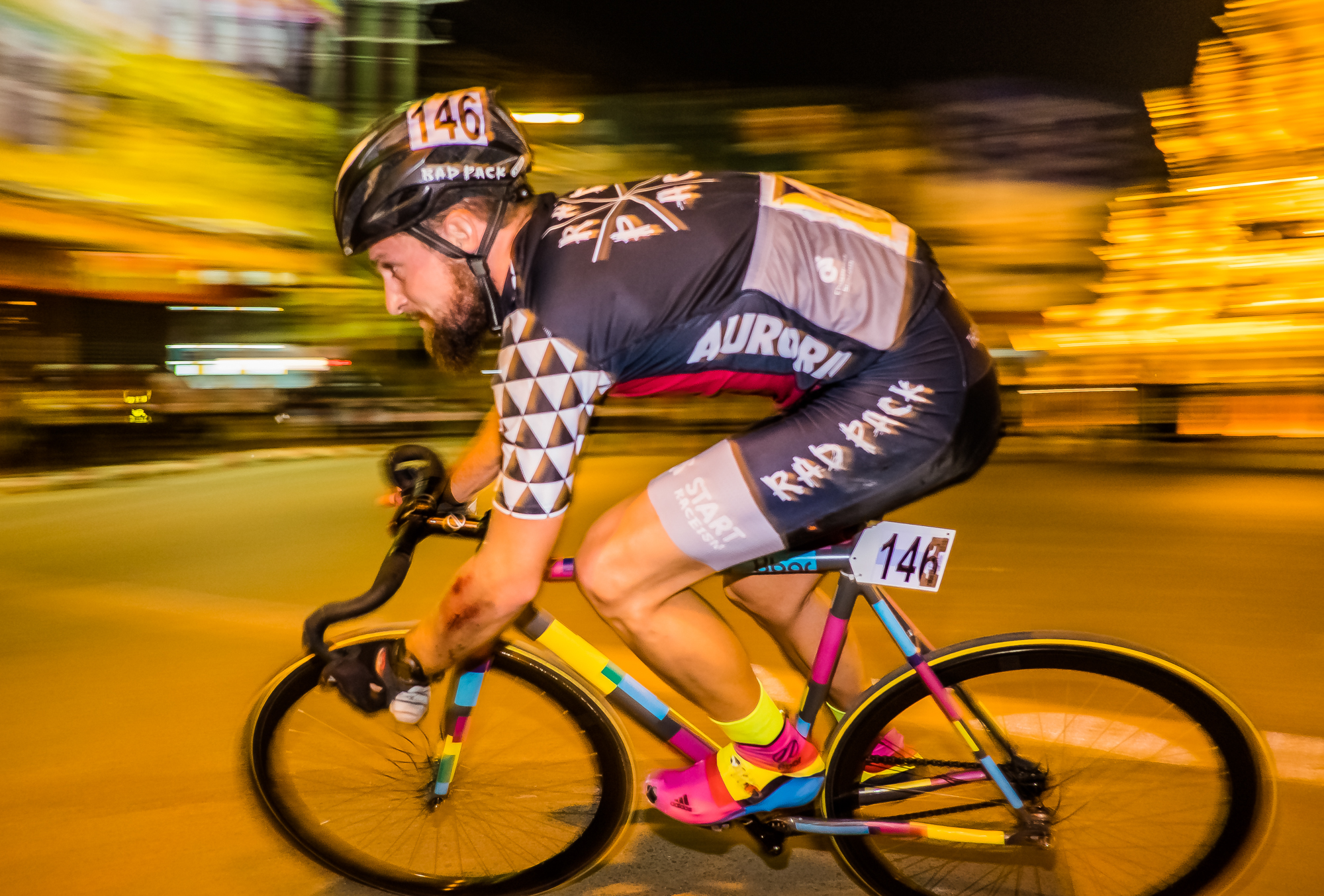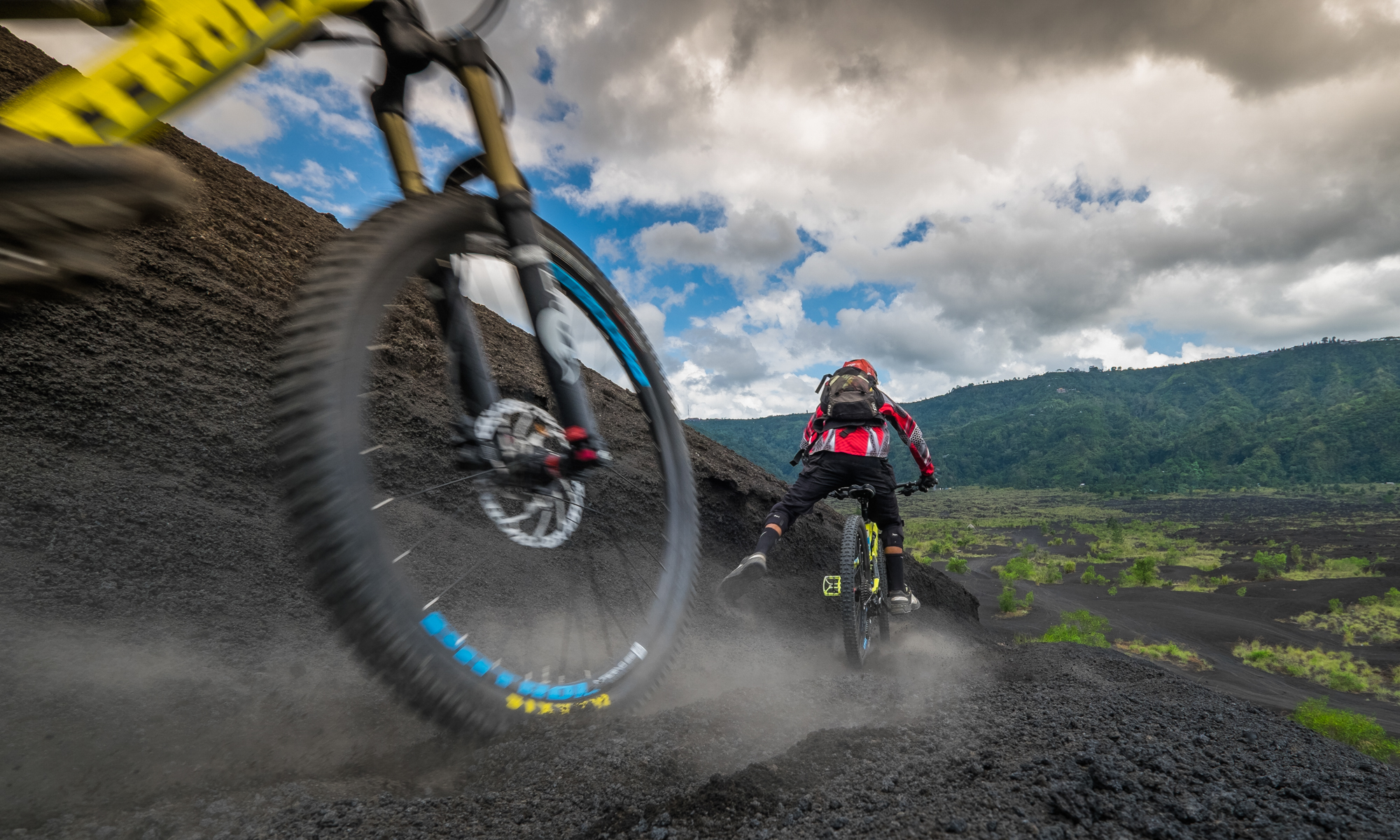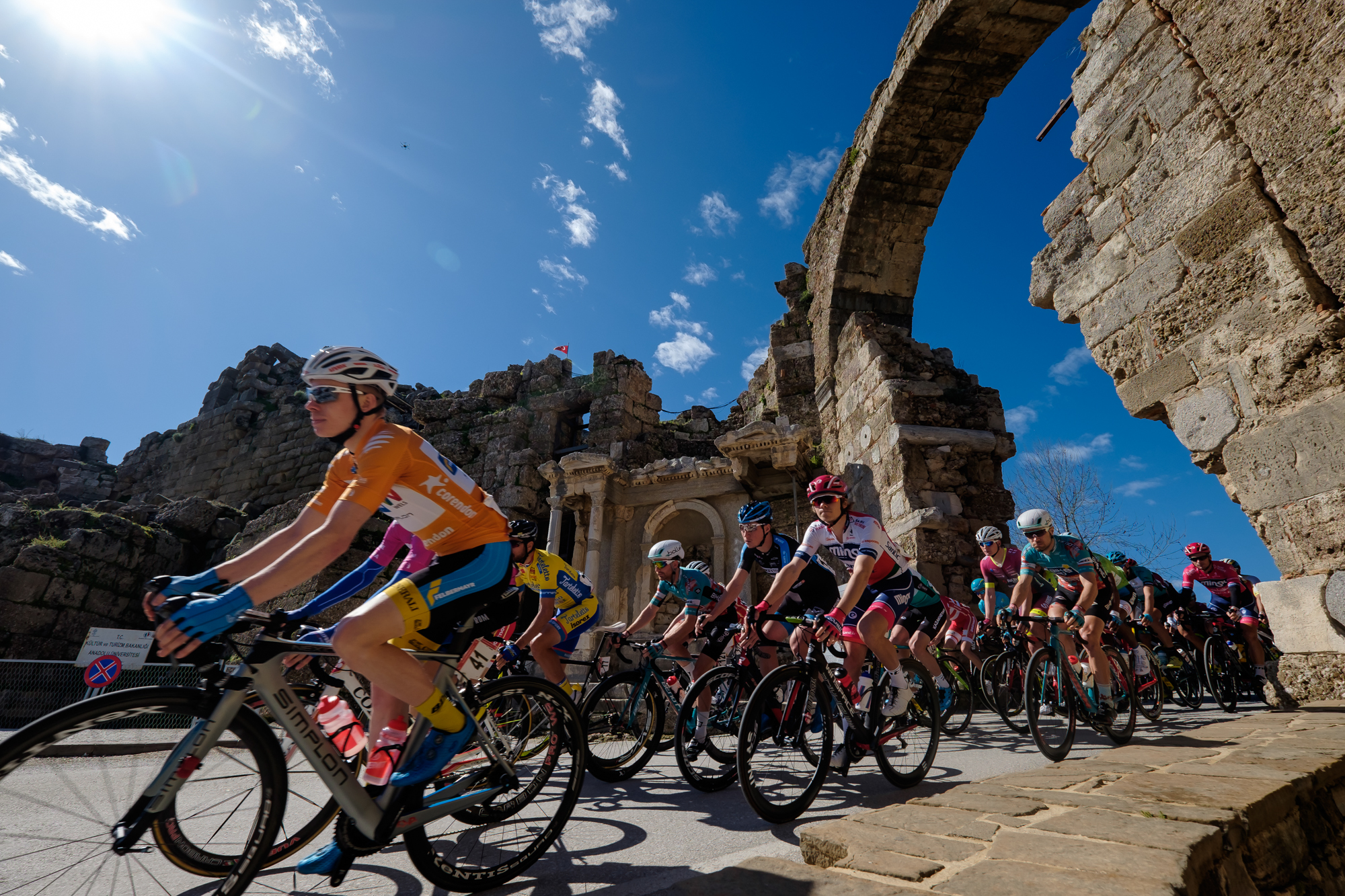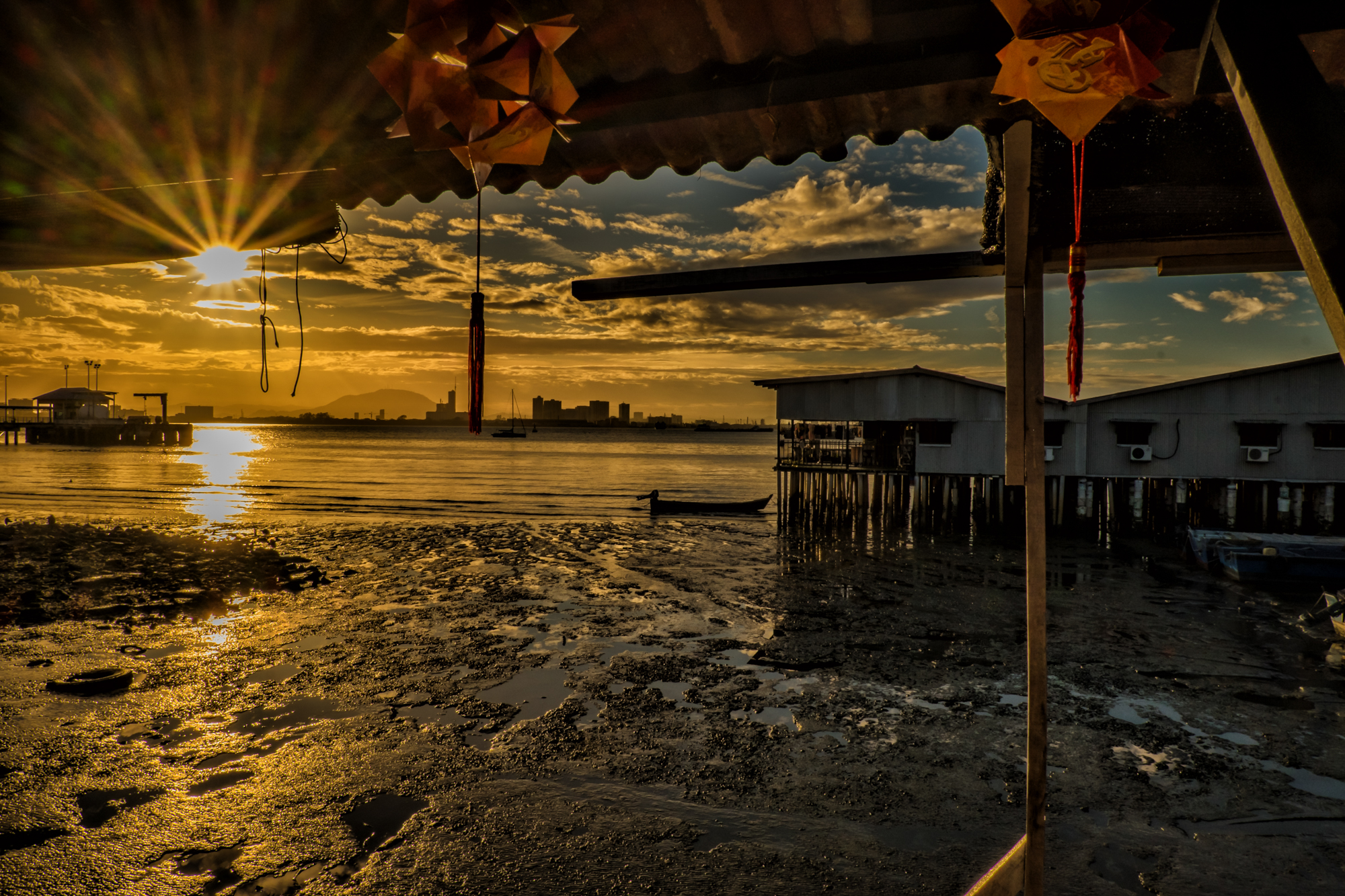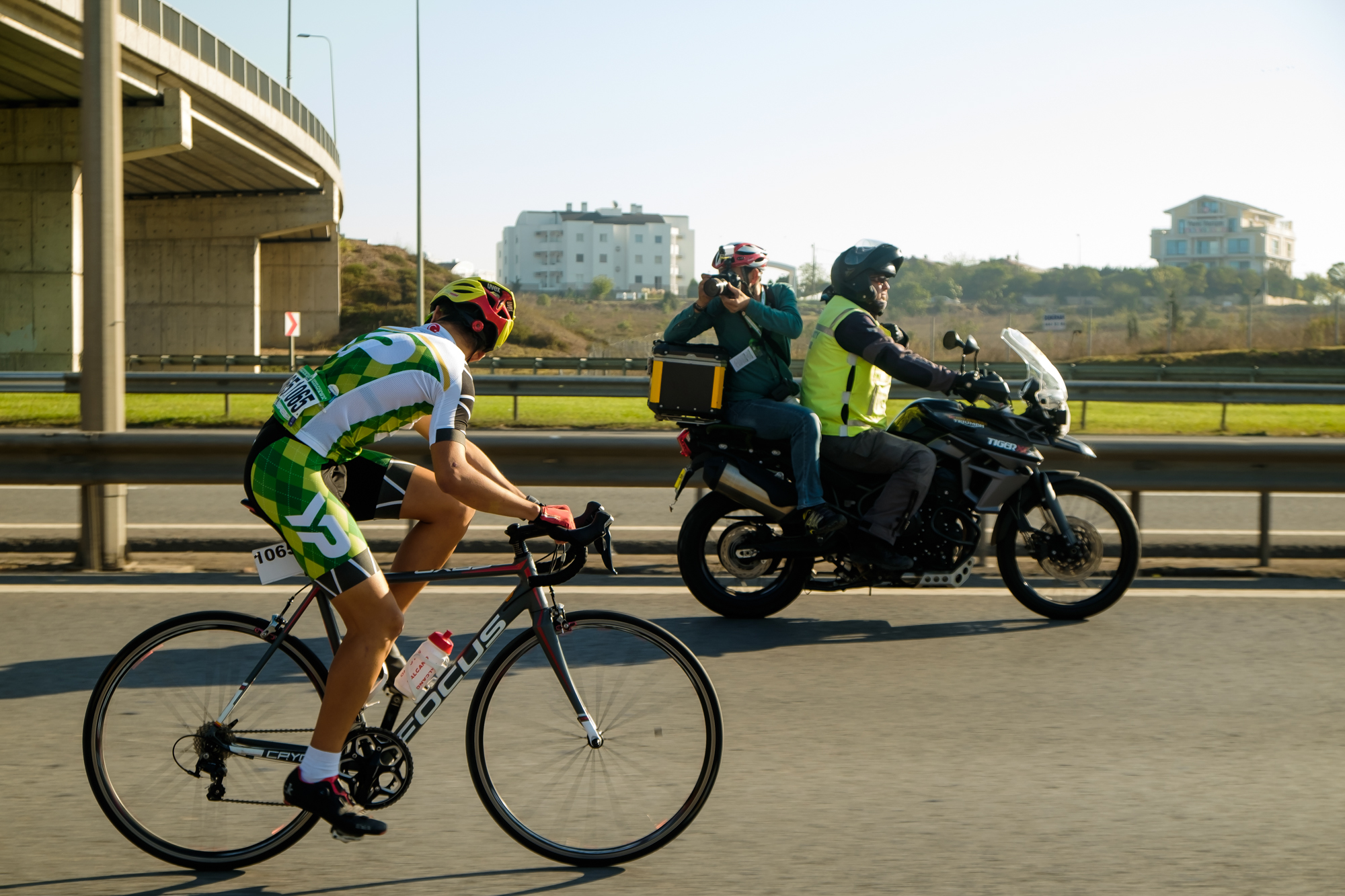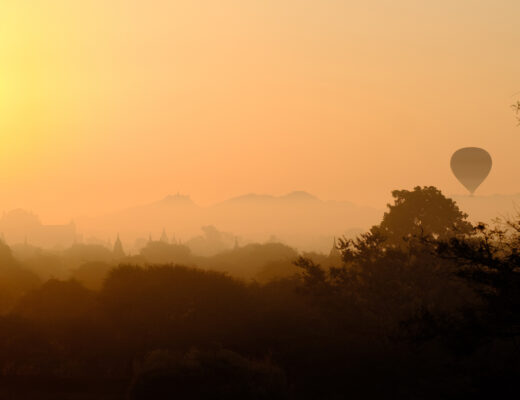It often surprises avid enthusiast photographers to learn that working professionals often have lower grade gear than they do…
It was somewhere way too late when I came back to my hotel room, and my new roomie was still there working away on his images from the day’s bike race. I’d edited and filed what was needed for the day around four hours earlier. Meanwhile, he was sat at the desk with two 19-inch MacBook Pros simmering away and was surrounded by more quality glass than a Zeiss factory.
This was around 10 years ago and quite early on in my own personal digital era. The images that went online back then were 640 pixels on the long edge, and with all the glass and glory at his disposal, he was still cropping the images to 25% (which was pointed out to me by other photographers). I dread to think about how much expensive gear was packed so neatly between his two hard cases and a backpack, but needless to say it was probably about four times as much as I was using. The numbers just didn’t stack up – and neither did the results.
Despite what we may well be lured into believing, you really do not have to have the latest and greatest gear to make quality images, and many professional photographers out there (me included) do earn our crust with equipment lower down the grading scale, and often much older than the dedicated enthusiast carries.
Cycling is my thing, and I’ve lived for and from riding and racing bikes for most of my life, including lengthy spells as a sponsored rider, and have competed all around the world. Things are very much the same in cycling with gear; many people seem to believe that they need the best and newest kit in order to ride faster and better, and yet nothing could be further from the truth.
Sure, having faster carbon wheels or faster lenses may well help your end game, but then again it may not help it as much as you think, and even then that difference will not be anywhere near as much as could be gained by the act of training or learning your craft.
Like many others, I’ve never had the best gear – even as a sponsored bike rider I didn’t always have the top line equipment, and the same still stands if you look a little closer – the biggest gains come from honing your skills not chasing the latest gear.
Technology moves at a rapid pace these days, and it’s largely consumer-driven, be it bikes or cameras. In the analogue days evolution was much slower and your gear would last for years. However, that pace was not fast enough for manufacturers so now it has to be newer and greater models every year, and that’s how they make their money – by selling us gear, and far more frequently than may be healthy for out finances (imagine being a Sony user).
The media and its credibility have also changed whole lot too, largely thanks to the advent of the internet and the concept of free, sharing and now through influencing.
This new approach has devalued so many industries, and especially photography. The vastly increasing cost of gear aligns in the complete opposite direction with photographic rates and perceived value (especially editorial), which have either fallen through the floor or stayed at base level for 20 years now.
Needless to say this makes the viability of surviving as a working photographer pretty slim, and so unless you have “backers”, or other income streams then when it comes to gear, you really do have to finely balance that ROI pole very carefully (if it’s how you make a living).
There’s not a single one of us who would not grasp the latest new gear if we could comfortably afford to, and I’m certainly not immune to buying stuff that I really don’t need. However, the fact is that we most probably do not need most of the kit that we’re told we really have to have to be better photographers, and will generally turn back to out trusted and solid two to three lenses and bodies.
There’s little arguing that faster and bigger could make for a very small marginal gain in performance or/and image quality – but is the cost truly worth it? For most of us the answer is probably no. The money would be most likely be better invested in taking a photography trip to work on our art.
No matter how much you read and watch online about how much better the new model is, and how we all need those fast primes too – remember, they said that last time, and will the next time, and why not; that is what keeps them in business.
Personally I shoot a mix of fast moving bikes and a lot of travel for a living. At major events big and fast is part and parcel of what is expected, and yes you do need fast and reliable kit here, but not as cutting edge as many influencers or their followers may tell you. (if you get the chance to check the meta data of some non-aligned and reputable photographers you may be surprised).
For 95% of my current work I can get by comfortably with an X-T1 (now an X-T2 – after four years with the X-T1), a 10-24mm, 18-55mm and, if it’s not too fast moving, with a 55-200mm, plus an ageing X-E1 and 18mm in the pack as a spare. For the other 5% I use a faster, but ageing, Canon. From those files come regular magazine covers (often at a 50% crop of the original landscape shot pic) and many double page spreads.
Would adding faster long lenses and higher-grade glass give me better images? Maybe, perhaps even a few more keepers too; but at the end of the day the ROI benefit is really not there (for a few it could be).
Even after a lifetime of shooting there’s far more to be gained from learning than there will ever be in throwing money at it. In reality there are very few people out there who could honestly tell the difference between an image shot on the 18-55mm and 16-55mm (or even between an X-T1 and a 1DX), especially if it’s only posted online – and as a professional you certainly will not be paid more for the more costly image.

